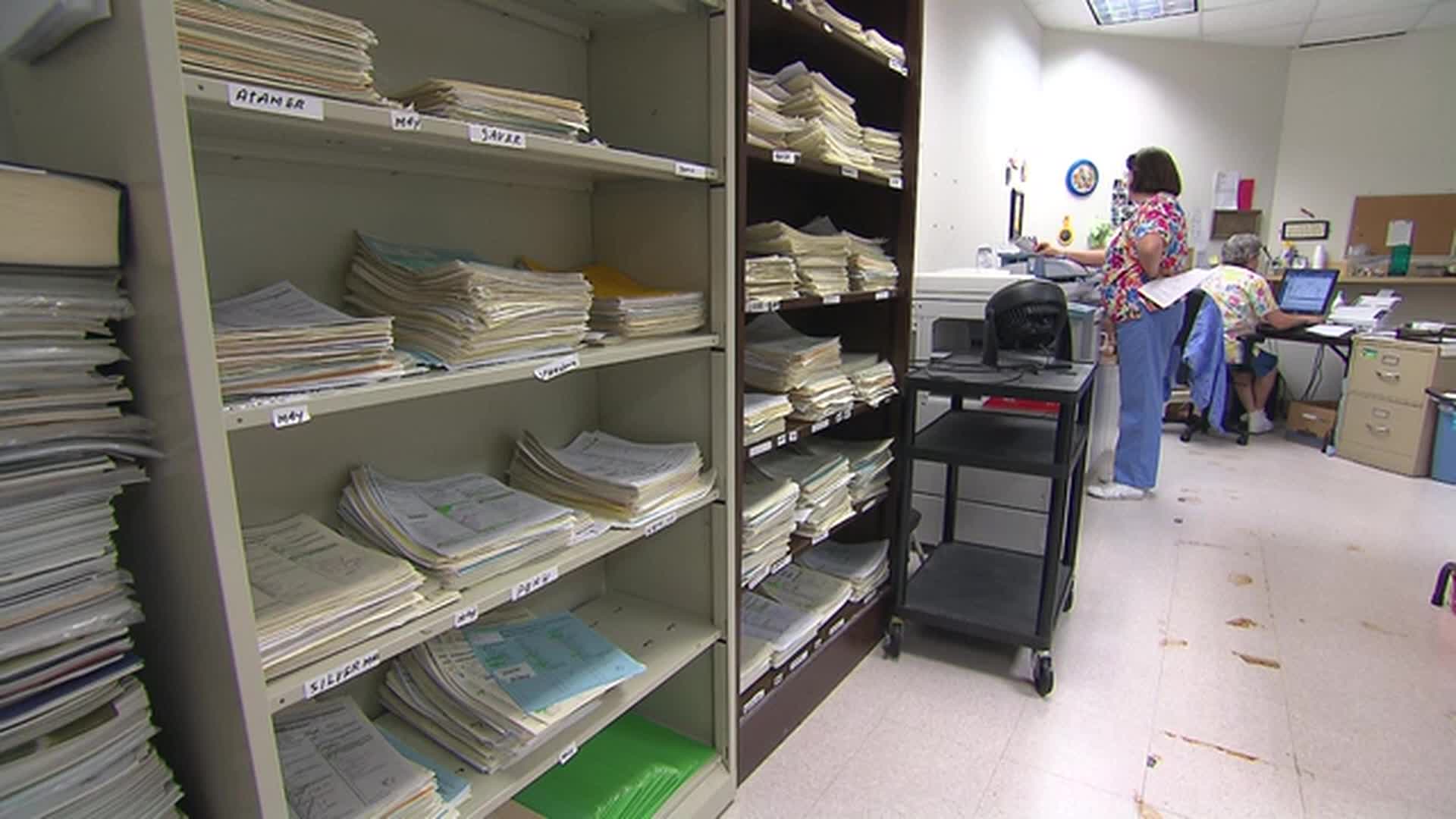Following over two centuries of circulation, the American penny is slated for discontinuation, concluding a 238-year period in the country’s financial narrative. The last coin is scheduled for production today at the US Mint in Philadelphia, signifying the conclusion of an epoch.
The last minting and the rationale behind its discontinuation
The last penny will be produced under the supervision of Treasury Secretary Scott Bessent and Treasurer Brandon Beach, following a directive from President Donald Trump earlier this year to halt production. The decision stems from the rising cost of manufacturing the coin—nearly four cents per penny—making it more expensive to produce than its actual value. Once an essential part of everyday life, used for small purchases like gumballs, parking meters, or tolls, the penny has gradually become less relevant, often accumulating in coin jars, drawers, or “leave a penny/take a penny” trays.
The one-cent coin outlasted the half-penny by more than a century and a half, leaving only larger denominations such as the nickel, dime, quarter, and the seldom-used half-dollar and dollar coins in active circulation. Despite the cessation of its production, the penny will remain legal tender, allowing it to retain a place in commerce if people still wish to use it.
Challenges following the penny’s exit
Although its removal was anticipated, the transition has already introduced complications for retailers and consumers. Many merchants are forced to round cash transactions to the nearest nickel, often adding a cent or two to the total. Others are encouraging customers to supply pennies to maintain transactions. In certain states, however, rounding prices can create legal issues, making the shift more complicated than expected.
Ironically, while discontinuing the penny could save money, the potential need to produce more nickels—which cost more to mint than pennies—may offset these savings. Retailers and government agencies alike are navigating a period of uncertainty. According to Mark Weller, executive director of Americans for Common Cents, “By the time we reach Christmas, the problems will be more pronounced with retailers not having pennies.” Weller points out that countries like Canada, Australia, and Switzerland had structured plans when phasing out low-denomination coins, whereas the United States has issued only a brief announcement, leaving much of the practical adaptation to businesses themselves.
Rounding practices and their implications
Different businesses are experimenting with rounding strategies. Kwik Trip, a Midwest-based convenience store chain, has chosen to round down cash purchases where pennies are unavailable, aiming to avoid overcharging customers. This approach, however, carries a financial cost. With millions of cash transactions each year, the chain estimates that rounding could cost them several million dollars annually.
On a broader scale, the Federal Reserve Bank of Richmond estimates that rounding transactions to the nearest nickel could collectively cost American consumers about $6 million per year—roughly five cents per household. While this figure is relatively modest, rounding cannot be implemented uniformly nationwide due to differing state regulations. States like Delaware, Connecticut, Michigan, and Oregon, along with cities such as New York, Philadelphia, and Washington, D.C., require exact change in certain transactions. In addition, federal programs such as SNAP mandate precise pricing to ensure fairness for beneficiaries using debit cards. Retailers rounding down cash transactions in these contexts could face legal challenges or penalties.
Industry associations, such as the National Association of Convenience Stores (NACS), have pressed Congress to pass laws that simplify and enable rounding procedures. Jeff Lenard, a representative for NACS, stressed, “We urgently require legislation that permits rounding, enabling retailers to provide change to these patrons.” Until these regulations are put into effect, the elimination of the penny creates both operational and legal ambiguities for numerous enterprises.
A coin with a rich past
The penny boasts a storied past, initially produced in 1787, predating the United States Mint’s creation by six years. Benjamin Franklin is largely recognized for conceptualizing the Fugio cent, the country’s inaugural penny. Its present appearance, showcasing Abraham Lincoln, was introduced in 1909 to mark the hundredth anniversary of Lincoln’s birth, making it the first American coin to feature a president.
Over time, however, the one-cent coin has experienced a consistent decrease in its practical application and cultural importance. The Treasury Department calculates that around 114 billion pennies are still in circulation, but a significant number are not actively used, often stored in containers or kept as souvenirs instead of being spent in purchases. The public’s response to the coin’s removal from circulation has been subdued, indicating its reduced function in daily financial exchanges.
Despite its fading relevance, the penny carries sentimental value for many Americans. Joe Ditler, a 74-year-old writer from Colorado, recalls using pennies for amusement park machines or flattening them on railroad tracks as a child. Now, he primarily uses them sparingly for cash transactions or adds them to tip jars. He reflects, “They bring back memories that have stayed with me all my life. The penny has had a wonderful life. But it’s probably time for it to go away.”
Legacy and cultural impact
The retirement of the penny marks more than just the end of a physical coin—it represents a shift in how Americans interact with money. What was once a practical tool for small purchases has become largely symbolic, embedded in family traditions, historical memory, and American culture. Collectors and enthusiasts are likely to preserve the final minted coins, ensuring that the penny’s legacy endures in some form, even as it exits everyday circulation.
While challenges remain for businesses and consumers adapting to its absence, the phase-out is also a reflection of broader economic realities. Rising production costs, changing consumer habits, and the prevalence of digital payments have collectively diminished the necessity of the one-cent coin. As society transitions toward a more digital and rounded approach to cash transactions, the penny’s symbolic role may outlive its practical utility.
The discontinuation of the American penny marks the end of a significant era in the country’s financial narrative. Its 238-year existence, spanning from Benjamin Franklin’s Fugio cent to the well-known Lincoln penny, underscores the progression of U.S. currency and the evolving relationship Americans have with their money. Although its functional utility may cease, the penny’s legacy—its cultural and historical importance—will endure as a permanent reminder of a past age.




